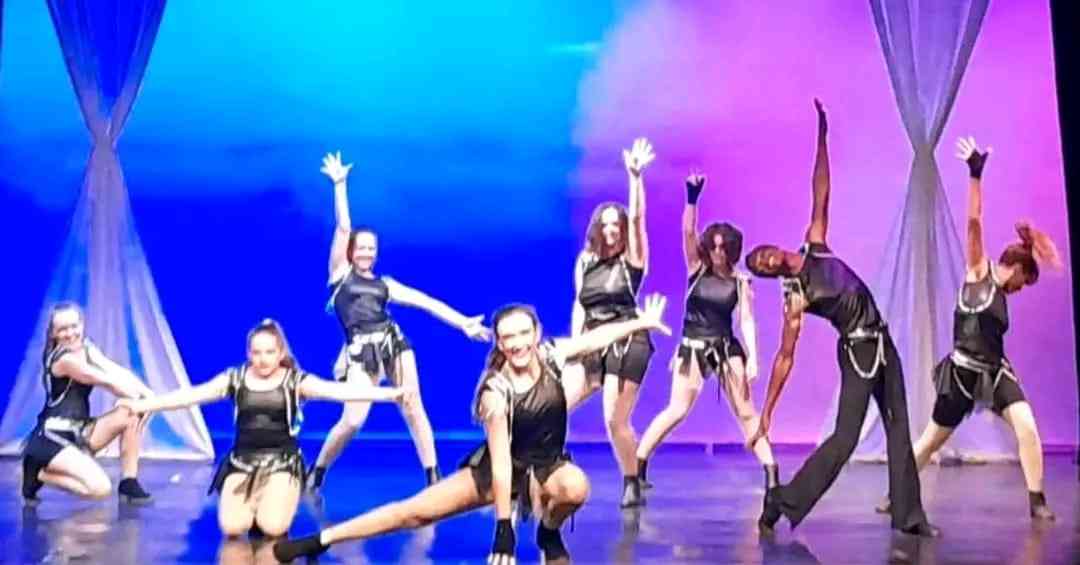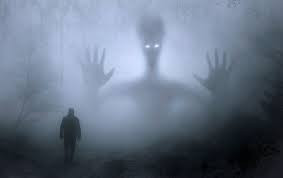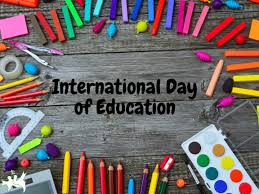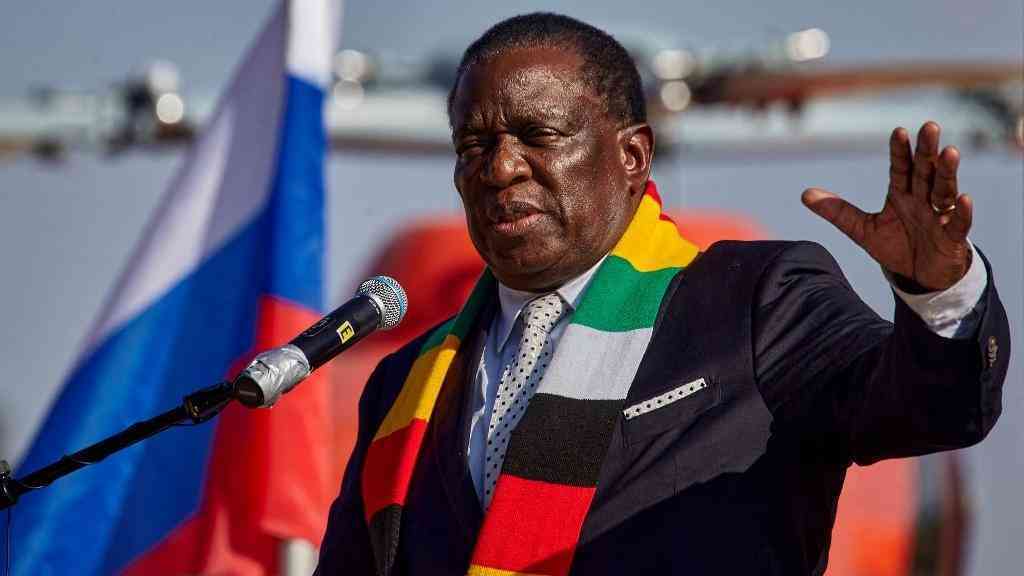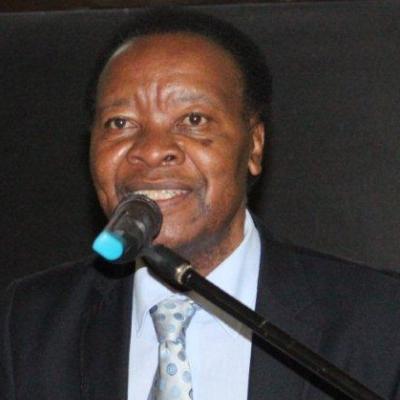
We close the year 2017 with a history lesson on the beginnings and development of Zimbabwean music. This is aimed at all the young people who think that Zimbabwean music is about Killer T, Soul Jah Love and Winky D and that Zimdancehall is the only music Zimbabwe has ever known. There is need to look back at where it all began. By Fred Zindi
It is difficult to trace the origins of Zimbabwean music back to pre-Rhodesian times as there is no documented information on musical activities during the pre-colonial period. What is known for a fact is that there were a lot of musical activities in Zimbabwe long before the arrival of the Europeans in the country. Whatever can be said about the course of social and political development in the territory between the Limpopo and Zambezi rivers during pre-colonial times also holds true for the rest of the African continent. Africans have always loved music.

We can, therefore, safely say that music in Zimbabwe began at the beginning of human kind. The use of drums to send messages to others as well as to celebrate important events was a well-known practice throughout Africa. This practice is still prevalent to this day, especially in rural Africa. There are documented records of musical activities in Ghana, Tanzania and Nigeria dating back to the 14th century. If musical activities were in existence in these countries during this period, there is reason to believe that Zimbabwe also had similar experiences.
Zimbabwe’s traditional musical instruments such as chigufe, hosho, hwamanda and chipendani have been, according to modern scientists, traced back to the 14th century. If such musical instruments were made during this period, they surely must have served one single purpose — which must have been musical performance. An ancient musical instrument, the mbira, used by the Shona people has had an important function in the development of Zimbabwean culture for hundreds of years. The mbira is still a popular musical instrument in today’s Zimbabwe.
According to the late Keith Goddard who worked as a mbira teacher at the Zimbabwe College of Music in the early 1990s, around the year 1450, the famous state of Munhumutapa began to flourish in the North East of Zimbabwe and it is from here that we begin to have a clearer picture of what musical life must have been like from the late 15th century onwards. This was through the first documentary evidence from Father Jos dos Santos, who wrote about mbira and marimba being played around this area. In 1859 in Mozambique, Thomas Baines (a painter who travelled with David Livingstone) made drawings of mbira played with marimba, rattles and panpipes and these were published by David Livingstone in 1865. The drawings portrayed a 22-key mbira. The mbira he drew was very similar to matepe (hera), a type of Shona mbira which some believe was originally imported into Zimbabwe from countries such as Mozambique. However, Tracy Hugh claims that it originated in the Nyambwe area of Mount Darwin District in the north east of Zimbabwe.
The 1950s saw the beginning of a change in the consciousness of the then Rhodesia. The missionaries tried to discourage and destroy the culture of Africans. They believed that they worshipped the devil and the possession of mbira was evil and primitive. They confiscated all musical instruments, especially mbiras, and banned all music-making except church hymns. However, many Africans did not yield to the likes and demands of the missionaries.
They would go to a traditional bira on Saturday and church on Sunday.
- Chamisa under fire over US$120K donation
- Mavhunga puts DeMbare into Chibuku quarterfinals
- Pension funds bet on Cabora Bassa oilfields
- Councils defy govt fire tender directive
Keep Reading
The formation of Kwanongoma College in Bulawayo in 1960 also contributed much to the development of Zimbabwe music. The college also became responsible for the manufacture of Zimbabwe style mbiras and marimbas.
It was in the late 1960s that popular musicians such as Thomas Mapfumo came in and continued to explore the indigenous music of the country using authentic traditional instruments such as mbira. By 1991, Thomas Mapfumo had pruned some of his arrangements drastically that all that remains are two mbiras, a pair of hosho and maybe a bit of keyboards and guitar in his album Chimurenga Masterpiece (Goddard, 1991).
The mbira was originally played by men only. Women were not forbidden but it was the responsibility of the man in the traditional society. So the mbira was always seen as a man’s instrument. However, due to urbanisation and western acculturation which led to disintegration of traditional society, there is no longer a division of labour among sexes, hence it is not surprising to find a woman playing the mbira. As Stella Chiweshe, one of Zimbabwe’s leading female mbira players put it: “I counted the number of fingers on a man’s hand, and saw five. I counted the fingers on my hand, they also came to five. So I said to myself, what the hell, if men can play mbira, I can too”.
Most of the songs played on the mbira are passed down from generation to generation, continuing a tradition of community and emotional connection to the past. The music, however, is not static. It’s up to the player to play songs in their own way and to change the lyrics to fit the changing times.
In today’s Zimbabwe, popular musicians such as Jah Prayzah, Andy Muridzo, Hope Masike, Fungisayi Zvakavapano Mashavave and Diana Samkange can all play the mbira.
The vicissitudes of missionary enterprise in Matabeleland around 1859 brought about hymn singing in churches when the likes of Father Peter Prestage opened Empandeni Mission. This was followed by other missionary enterprises such as Hope Fountain, Inyati, St Augustine’s, Mount Selinda, Hartzel, Saint Patrick’s and many others where hymn singing became the norm.
With influence from Western countries such as Britain and the United States of America in the early 1950s, Zimbabweans began to dump their traditional instruments and replaced them with western instruments such as the guitar, the banjo, the harmonica and accordion. Those who continued to play the mbira, chipendani, chigufe or the hwamanda were now perceived as primitive by those who believed that it was only things coming from the West that would make one more acceptable, more respectable, more modern and more fashionable. To a large extent even the traditional drums (ngoma) were replaced by modern western drum kits with cymbals.
It was not until the 1980s when the likes of Dumisani Maraire and Thomas Mapfumo popularised the mbira once again that it came back into fashion. At the same time, at independence, after the visit of Bob Marley, local musicians began to emulate reggae sounds of Jamaica with bands such as The Pied Pipers ruling the roost. Reggae has now evolved to Zimdancehall.
Because of the system of racial segregation that existed at that time, most African popular musicians performed in the all African township areas. In Harare, Mai Musodzi Hall (known at the time simply as the Recreation Hall) was the venue for the most popular musicians and names such as Thompson Gara, Augustine Musarurwa (of the Skokiaan fame), Mura Nyaruka, Riya and the Mususas (of the HoteraYaGwaku and Ndiye Gwaku Akatangisa Matapi fame), Isaac Musekiwa, Edward Khanda and Elijah Muzanya made regular appearances at this venue.
In the smaller cities of Zimbabwe, other musicians such as Dorothy Masuka in Bulawayo and the Umtali Jazz Revellers in Mutare also emerged. However, the main music boom period of the 1940s until the 1960s was centred around Harare (then known as Salisbury) and it is during this period that well-known bands and musicians like the De Black Evening Follies, Golden Rhythm Crooners, Marshall Brothers, The City Slickers, The City Quads, The Capital City Dixies, Faith Dauti, Susan Chenjerai, Mable Pindurayi, Ernest Kachingwe, Safirio Madzikatire and The Broadway Quartet were born.
The City Quads recorded a 12-track album entitled, Music in The African Township which was mixed in Germany and distributed by Polydor Records. One of their popular tracks titled Lizofika Lini Ilanga? (When will the sun rise?) forced the Southern Rhodesian authorities to ban the record from air-play.
A popular Chichewa song, Ndafunafuna which was re-arranged by Sonny Sondo and recorded by The City Quads in 1963 became a big hit.
At a later stage, the City Quads were joined by Andrew Chakanyuka, Simangaliso Tutani Arthur Xahe and Duncan Achulu. Together, they formed an incredible team which not only played music but was also involved with charity work for the community. Sam Matambo, the last surviving member of the City Quads died in April 2010.
From the 1940s to the late 1950s, Zimbabwean urban music had a basic rhythm known as “tsavatsava” (or tsabatsaba in other regions). Young people would team up with choirs which provided vocal music and together the first Zimbabwean pop bands came into being.
The famous Augustine Musarurwa song Skokiaan which became an international hit after it was copied by The Shadows (on their visit to Zimbabwe with Cliff Richard) and later by Louis “Satchmo” Armstrong who also visited Zimbabwe in 1960, was composed during the tsavatsava period. At that time, African people were not allowed to drink the “whiteman’s liquor”. So in the townships, opaque beer and skokiaan (sometimes referred to as Seven Days) which took seven days to brew, were the only alcoholic drinks the Africans were familiar with. Sometimes the skokiaan was turned into “kachasu” or “nipa” which was a finer brew and looked like gin or brandy but was more lethal than these two.
Famous tsavatsava players of the 1950s included the De Black Evening Follies, The Black and White Band, The Golden City Dixies, Kandido Sabawu, Elijah Muzanya, The Coloured Arcadia Rhythm Lads, Zimunya Danger Band, Kaison Riya, Machipisa Band, Isaac Musarurwa, Augustine Musarurwa and Oliver Masvaure. The pop bands of the 1940s and 1950s had a different sound from those of today. There was less experimentation with foreign sounds and almost everyone played the same rhythm. As bands got more and more popular, imported equipment such as the string bass, French horns and acoustic guitars became prevalent.
The days of tsavatsava are gone and apart from the association with traditional mbira music, most of the music coming out of Zimbabwe today has foreign elements.
As the music evolved, The Harare Mambo Band which started in the 1960s played rock, kwela, rhumba, traditional, reggae, soul, sungura, mbaqanga and jiti in one evening’s programme.
Artists such as Oliver Mtukudzi, Thomas Mapfumo, Bhundu Boys, Stella Chiweshe, Lovemore Majaivana, John Chibadura, The Four Brothers, Devera Ngwena, Alick Macheso, Tongai Moyo and Jah Prayzah have made Zimbabwean music more acceptable elsewhere, especially in Europe where they all toured in a bid to seek alternative sources for marketing their music.
We have come a long way indeed! Happy New Year!
l Feedback: f_zindi@hotmail.com

